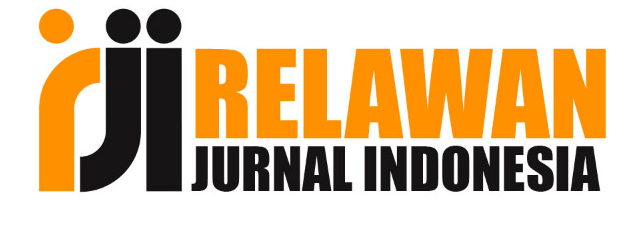Peer Review Process
The Peer Review Process is a procedure through which the journal assesses the quality of manuscripts before publication. Submitted manuscripts are reviewed and evaluated by experts in the relevant field, who offer constructive feedback and recommendations. This process helps the editors decide whether a manuscript is suitable for publication in Bakti Cendana: Jurnal Pengabdian Masyarakat.
Key Points in the Peer Review Process:
1. Manuscripts submitted to the journal first undergo an initial screening by the editorial team.
2. Manuscripts that pass this stage are then sent to at least two peer reviewers for evaluation.
3. Peer reviewers independently provide recommendations to the journal editor on whether the manuscript should be rejected or accepted (with or without revisions).
4. The journal editor considers all feedback from the peer reviewers and makes the final decision to accept or reject the manuscript.
The Peer Review Process for journal publication is essentially a quality control mechanism where experts evaluate manuscripts to ensure the quality of the work to be published. However, peer reviewers do not make the final decision to accept or reject a manuscript; they only provide recommendations. In this journal, the authority to make publication decisions rests solely with the journal editor or the editorial board.
Bakti Cendana: Jurnal Pengabdian Masyarakat employs three types of peer review, namely:
1. Single-blind: The reviewer knows the author’s name, but the author does not know who reviewed their manuscript unless the reviewer chooses to sign their report.
2. Double-blind: Neither the reviewer nor the author knows each other’s identities.
3. Open peer: Both the author and the reviewer know each other's identities. If the manuscript is accepted, the signed review report is published alongside the article.
Peer Review Steps:
1. Manuscript Submission: Authors submit their manuscripts via the journal’s online submission system or by email.
2. Editorial Team Assessment: The editorial team checks the manuscript's compliance with formatting and template guidelines. At this stage, the manuscript’s quality is not assessed.
3. Editor-in-Chief Assessment: The Editor-in-Chief reviews the manuscript’s originality and relevance to determine suitability. Manuscripts that do not meet the criteria may be rejected without further review.
4. Reviewer Invitation: The editor invites experts in the relevant field to review the manuscript.
5. Response to the Invitation: Reviewers consider the invitation based on their expertise, conflicts of interest, and availability, then accept or decline. If declining, they are encouraged to suggest alternative reviewers.
6. Review Process: Reviewers read the manuscript multiple times, form impressions, and prepare detailed feedback and recommendations to accept, reject, or revise.
7. Evaluation of Reviews: The editor assesses all reviews before making a decision. If reviews vary significantly, additional reviews may be requested.
8. Decision Communication: The editor informs the author of the decision via email, including reviewer comments.
9. Next Steps: Accepted manuscripts proceed to production. Rejected or revised manuscripts are returned with reviewer comments, and resubmissions may undergo further review, especially if only minor revisions are needed.










